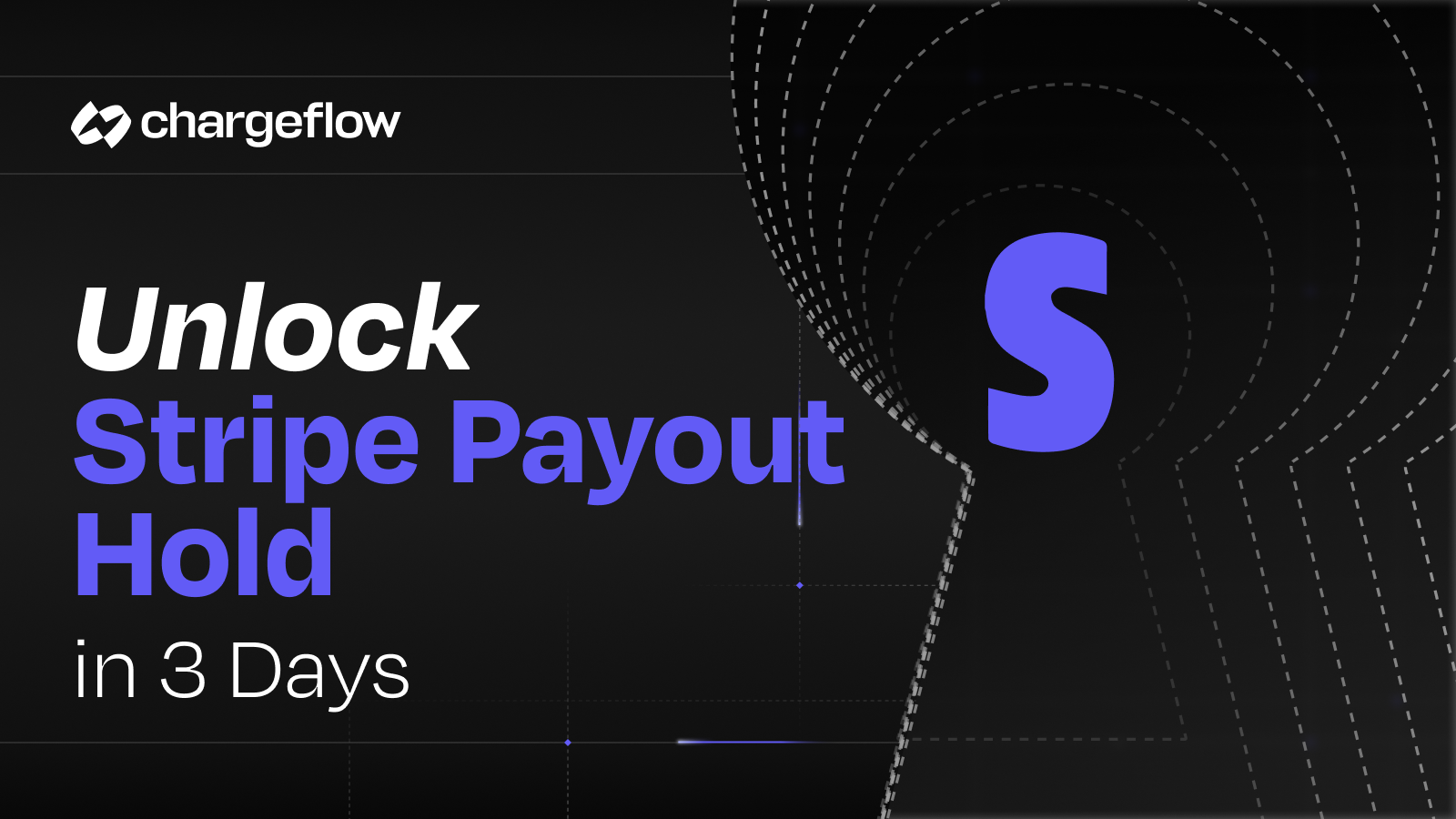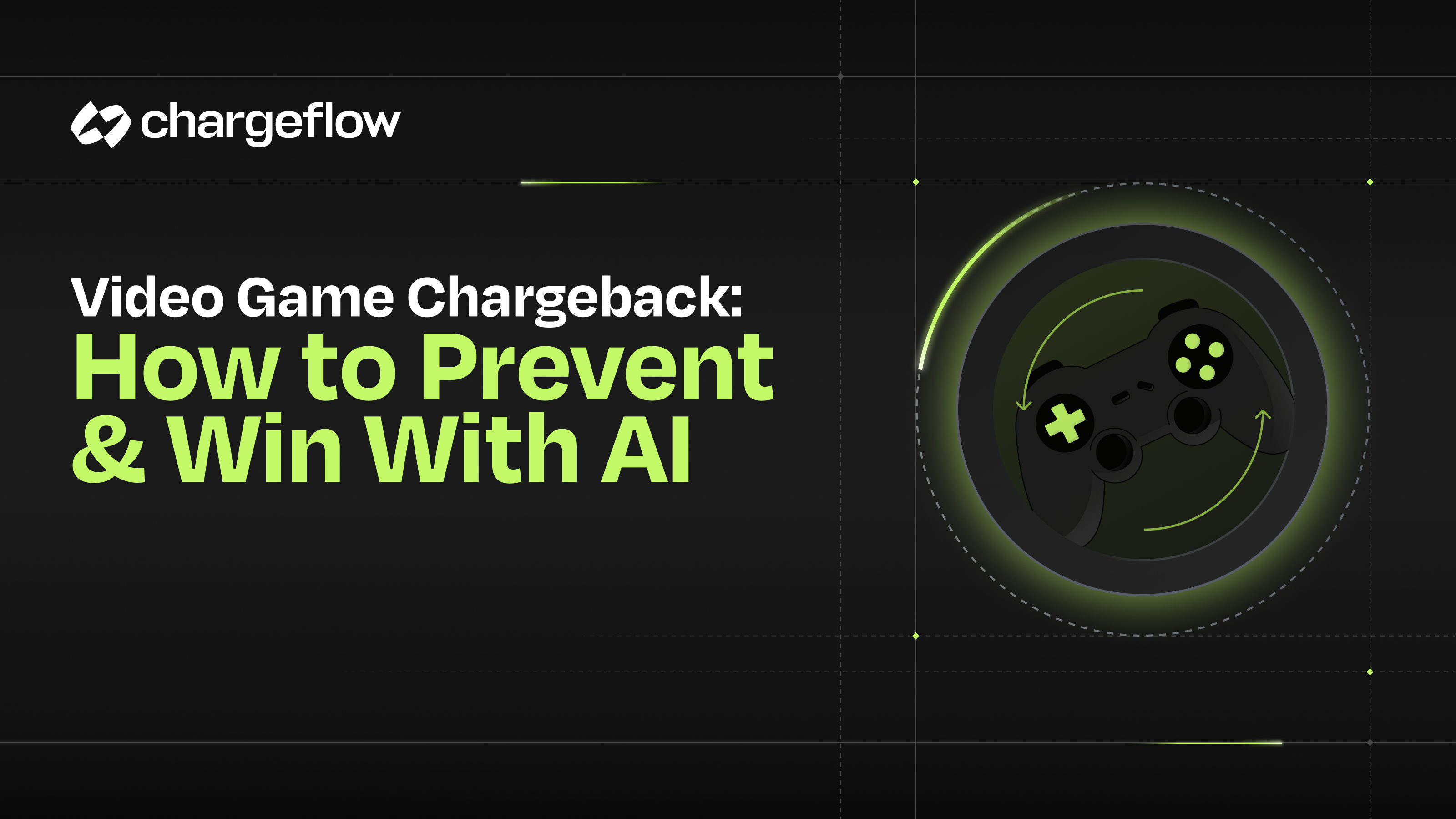Insider Secrets To Winning PayPal Chargebacks That No One Told You

Chargebacks?
No longer your problem.
Recover 4x more chargebacks and prevent up to 90% of incoming ones, powered by AI and a global network of 15,000 merchants.
PayPal disputes, you hate it; I hate it, so how do you win a chargeback? Here's a quick guide for winning PayPal disputes and chargebacks.
PayPal disputes, you hate it; I hate it, so here’s how you win a chargeback.
PayPal is a poster child company for online payments.
According to industry stats, PayPal recorded 12.4 billion payment transactions accruing to $712 billion in total payment volume in 2019 alone.
E-commerce merchants prefer to use their service because it’s easy to set up. One can quickly plug PayPal’s API into their website and start collecting card payments without the usual hassle of processing payments.
But the platform is not without its shortcomings. Fraudulent individuals use PayPal chargebacks to rip merchants off their earnings. And it’s becoming a huge cause for concern.
Aside from the loss of revenue, PayPal charges a service fee of $20 for handling chargebacks. And there can be a bunch of other ancillary fees if the customer’s bank gets involved. Or if the client side-steps the PayPal Resolution Center, which handles such issues.
That does not mean every chargeback claim is fraudulent. But as you know, when there’s a loophole, some people use it to get the best of others. You don’t want to be a victim of such an issue, do you?
What is a chargeback, and how do you win PayPal chargebacks?
The first step to winning a chargeback is to understand what the term stands for.
In simple terms, a chargeback means that a customer wants a refund or payment reversal for a specific transaction. It is either a cardholder is disputing payment because it was unauthorized or the product shipped by the seller is not received, unwanted, or impaired.
But unlike the traditional payment reversal, the cardholder does not need to contact the merchant to discuss a PayPal chargeback. They go straight to their bank or card issuer and demand a forceful retrieval of the payment from your account.
The law allows it. PayPal chargeback is a consumer protection mechanism.
Unfortunately, many buyers are taking advantage of the chargeback instrument to commit fraud. They can easily file a chargeback for any reason (legitimate or illegitimate), knowing they could likely get away with it. Digital fraud estimates show that customers who eventually get away with the act will repeat it in not more than six months.
Easy-to-apply tips to protect your business and win PayPal chargebacks
Now that you’ve understood the concept of chargebacks and why cardholders file PayPal chargebacks, let’s review the nuts and bolts of how you can win the dispute.
- Take Responsibility — According to experts, 40% of chargebacks result from merchant error. Talk to the customer and try to hash out any misunderstanding. Chances are, if you show him or her you are willing to settle address their grievance, they’ll corporate.
- Be smart and Play by the Books — PayPal’s Seller Protection Program helps merchants to handle chargebacks. To quality, the vendor must be “shipping a physical good from a US-based account on-time to the address on the transaction page, with the ability to offer any order documentation requested.” See if your transaction meets these criteria.
- Arm Yourself With the Right Tools — Payment disputes are inevitable. And they can cost you so much money if you don’t plan for such eventuality with requite mitigation tools. A smart way to win PayPal chargeback is to email every documentation on the transaction to PayPal. Extract the tracking details from your dashboard to confirm the eligibility of the sale. And show a signed proof of delivery or shipment with the shipping company's name on the Transaction Details page.
- Be Proactive and Persistent — PayPal gives a 10 days window for vendors to respond to chargebacks. Go to the Resolutions Center and give them the transaction records. Follow up on the status of the PayPal chargeback. It can take 75 days to quash the dispute. And if you lose, you can appeal the decision.
- Use The Power of Data — Chargeflow is the world’s first PayPal Dispute and Chargebacks automation system designed to help you recover more money, hassle-free. We leverage AI and Machine Learning to help merchants fight PayPal disputes professionally.
How to chargeback on paypal and win?
As a merchant, if you receive a chargeback on PayPal, here are some steps you can take to try and win the chargeback:
- Understand the reason for the chargeback: PayPal will provide you with information about the reason for the chargeback. Make sure to read it carefully and understand the customer's complaint.
- Respond promptly: You will have a limited time to respond to the chargeback. Be sure to respond as soon as possible and provide any evidence that supports your case, such as order details or communication with the customer.
- Provide evidence: Gather as much evidence as possible to support your case, such as proof of delivery or customer communication. Provide any relevant evidence to PayPal.
- Be concise and clear: When submitting your response, be concise and clear about why you believe the chargeback is invalid. Make sure your response is easy for PayPal to understand.
- Follow up: If you haven't heard back from PayPal within a reasonable amount of time, follow up with them to check the status of the chargeback.
- Learn from the experience: If you are unable to win the chargeback, take the opportunity to learn from the experience and take steps to prevent future chargebacks.
Running a successful e-commerce shop is by no means an easy job. But getting paid and keeping your hard-earned money shouldn’t be an added burden. With these tips, you will be rightly-positioned to deal with any and every PayPal chargeback. We wish you the best in your endeavors!

Chargebacks?
No longer your problem.
Recover 4x more chargebacks and prevent up to 90% of incoming ones, powered by AI and a global network of 15,000 merchants.






























.png)








